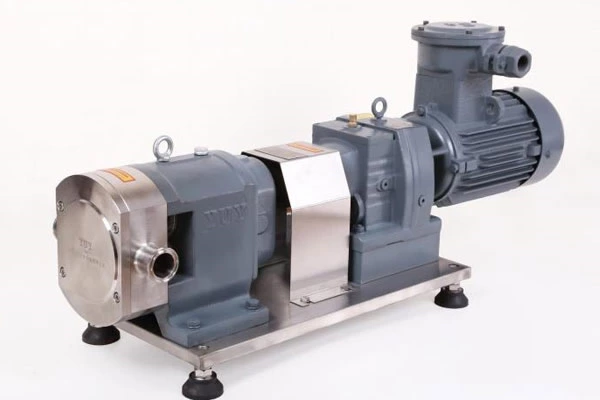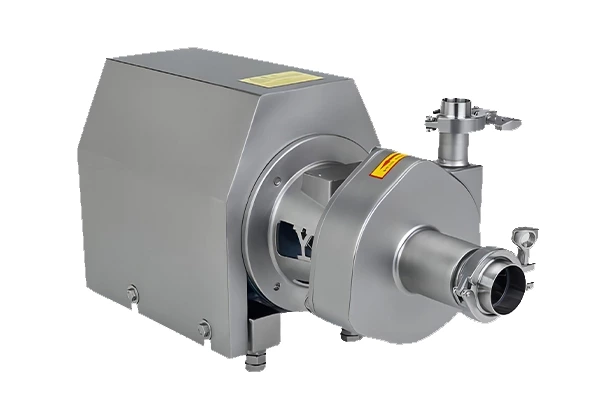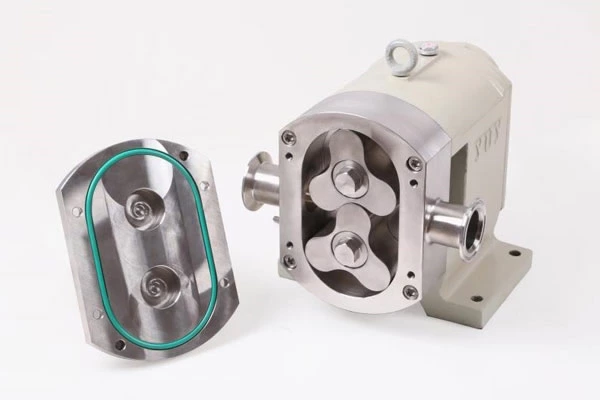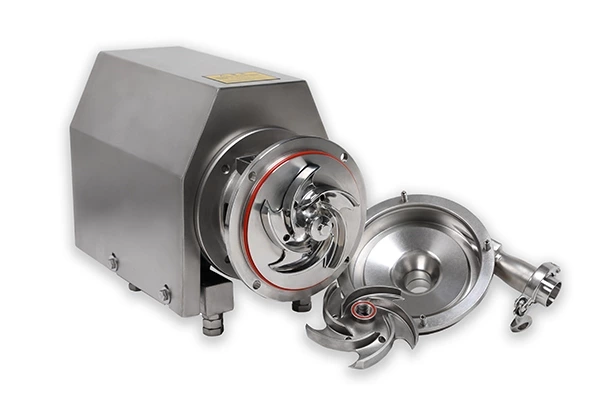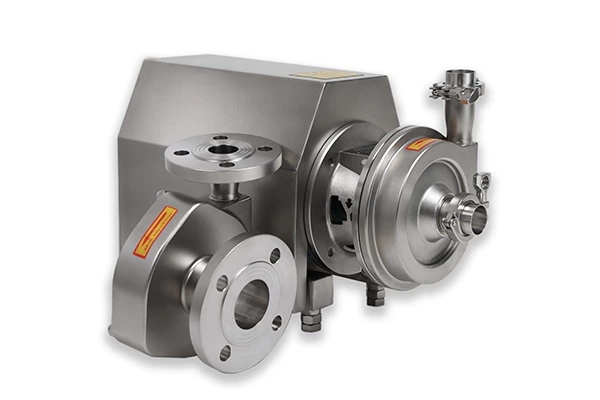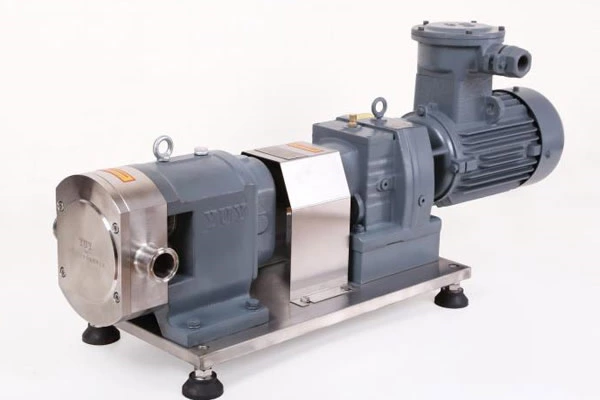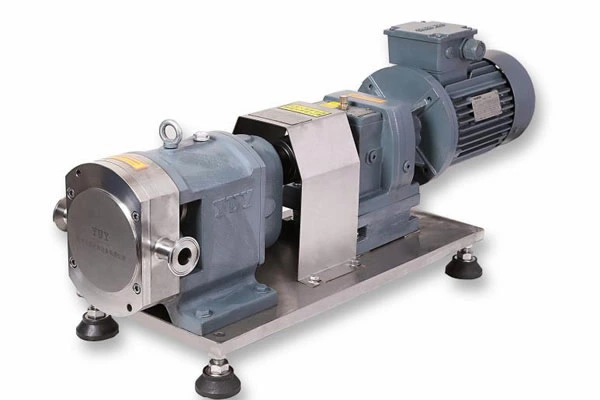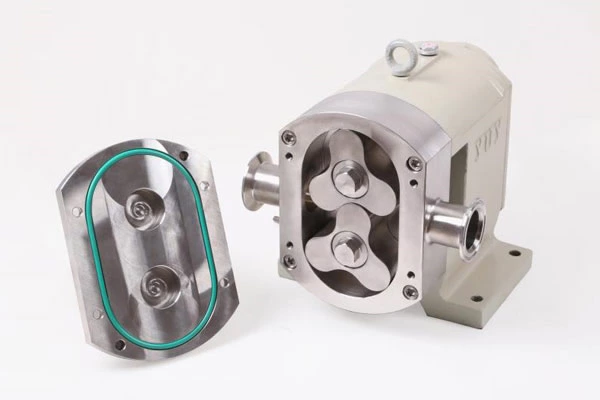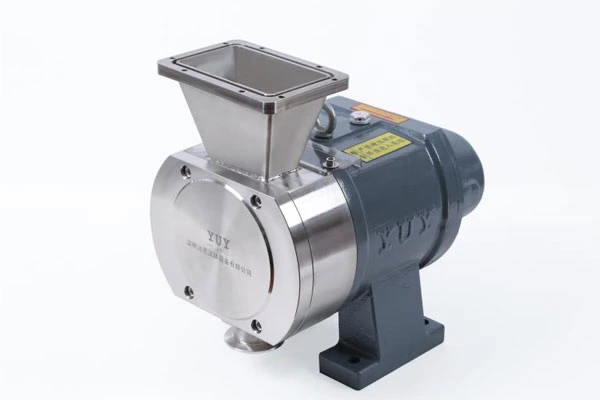How Much Do You Know About The Corrosion Of Pump Materials? What Should You Keep In Mind When Maintaining Them
Uniform corrosion
Uniform corrosion is corrosion that occurs at the same corrosion rate on all or most of the surface of a Sanitary Rotary Lobe Pump.
Localized corrosion
The opposite of localized corrosion is corrosion that occurs on various parts of the metal surface. The root cause is the formation of corrosion products with different solubility, which leads to different local corrosion loads (temperature, concentration, flow rate, etc.).
Pitting corrosion
Pitting corrosion is a type of material corrosion that is limited by electrochemistry, localized, and causes the formation of pits. The root cause is the presence of corrosion factors, mainly chlorides. Pitting corrosion is particularly serious on stainless steel and aluminum alloys.
Crevice corrosion
Crevice corrosion is a narrow gap between similar metals or between metals and non-metals. Because chlorides increase or oxygen that forms an oxide layer decreases, corrosion factors are generated.
Contact corrosion
Contact corrosion (galvanic corrosion) occurs because the corrosion electrode potentials between metals are different, forming corrosion factors. During this period, the metal with a lower electrode potential (anode) dissolves faster, and the metal with a higher electrode potential becomes the cathode reaction surface. The corrosion rate is determined by the difference in corrosion electrode potential and the ratio of the two reaction surfaces. When the potential difference of the corrosion electrodes is large, it is extremely unfavorable if the anode area is small and the cathode area is large.
Selective corrosion
Selective corrosion is a type of corrosion in which certain grain boundary components or alloy components corrode preferentially. The forms of selective corrosion include graphitization corrosion, intergranular corrosion, dezincification and dealuminization.
Graphitization corrosion
Graphitization corrosion is a selective corrosion in gray cast iron that causes the dissolution of metal components due to insufficient protective layer. In the end, only the graphite framework of the original shape and full of corrosion products remains.
Intergranular corrosion
Intergranular corrosion refers to preferential corrosion that occurs at the grain boundary. In stainless steel, "chromium depletion" is caused by the diffusion of carbon to the grain boundary, which triggers intergranular corrosion. This type of corrosion causes rapid decay of grains.
Dezincification or dealuminization
Dezincification or dealuminization is caused by the selective corrosion of non-ferrous metals due to metallic zinc or aluminum.
Static corrosion
Static corrosion is corrosion that occurs in a non-flowing liquid, which only occurs during equipment shutdown.
Microbiological corrosion
Microbiological corrosion is a type of corrosion that is influenced by microorganisms, such as sulfate-reducing bacteria.
➤ With mechanical stress
Erosion-corrosion
Erosion-corrosion is the interaction of mechanical surface exfoliation and corrosion, in which exfoliation occurs due to damage to the protective layer, and the consequence of exfoliation is corrosion.
Cavitation
Cavitation refers to the interaction of cavitation and corrosion, in which corrosion is caused and accelerated by local cavitation damage to the protective layer.
Frictional corrosion
Frictional corrosion is corrosion caused by mechanical friction that damages the surface layer or passivation layer and is affected by the corrosive medium.
